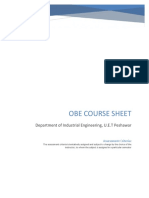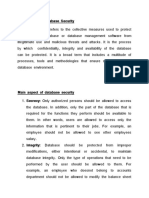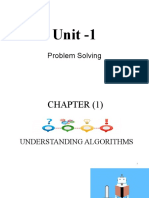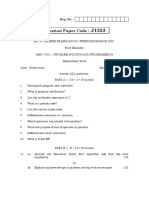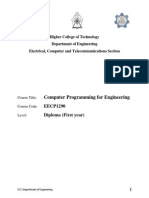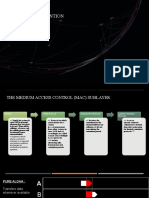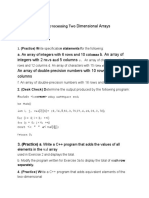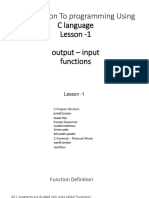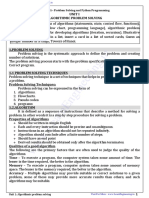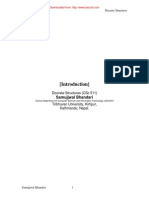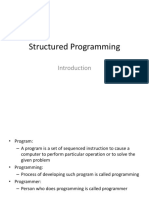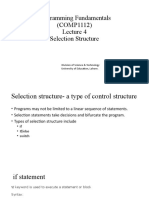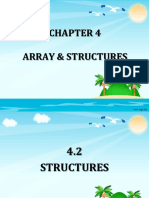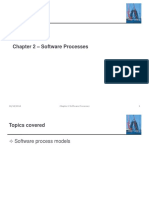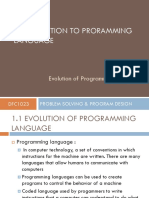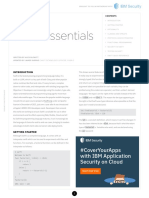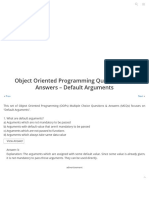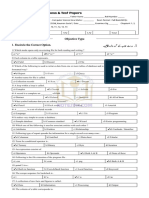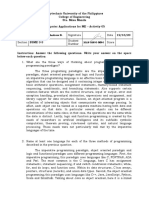0% found this document useful (0 votes)
508 views25 pagesProgram Control: 3.1 Solve Problems Using Selection Control Structures
The document discusses program control structures in C++, including selection structures like if, if-else, nested if, and switch-case statements that allow a program to make decisions based on conditions, and examples are provided of how to write code using each type of selection structure. Loops control structures are also mentioned as a way to repeat actions while a condition remains true.
Uploaded by
intensityCopyright
© © All Rights Reserved
We take content rights seriously. If you suspect this is your content, claim it here.
Available Formats
Download as PDF, TXT or read online on Scribd
0% found this document useful (0 votes)
508 views25 pagesProgram Control: 3.1 Solve Problems Using Selection Control Structures
The document discusses program control structures in C++, including selection structures like if, if-else, nested if, and switch-case statements that allow a program to make decisions based on conditions, and examples are provided of how to write code using each type of selection structure. Loops control structures are also mentioned as a way to repeat actions while a condition remains true.
Uploaded by
intensityCopyright
© © All Rights Reserved
We take content rights seriously. If you suspect this is your content, claim it here.
Available Formats
Download as PDF, TXT or read online on Scribd
/ 25



